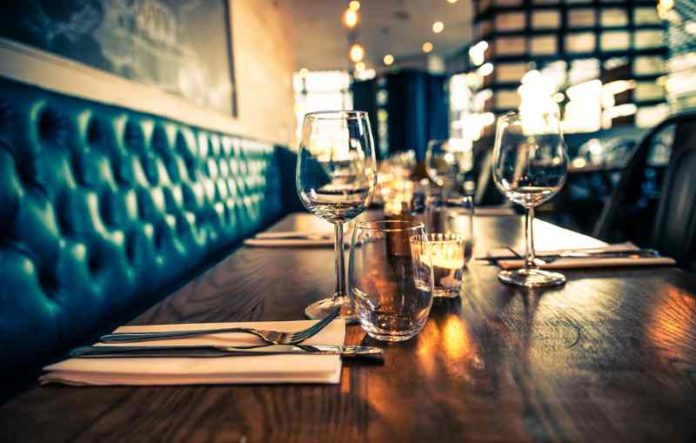The following four strategies will help restaurants cut back on long term costs.
By Meghan Belnap
Running a restaurant successfully can be quite costly. From paying for the restaurant location, purchasing ingredients and inventory, and buying equipment, restaurant owners hoping to grow their businesses must be careful with their funds if they hope to grow their restaurants. The following four strategies will help restaurants cut back on long term costs:
Use Lasting Materials in the Kitchen
In restaurants, the kitchen is the site of most of the action, which is why it’s so important for restaurant owners to use lasting materials in the kitchen. From the kitchen countertops to the cookware itself, restaurant owners must invest in the highest quality materials to limit the likelihood that they’ll need to be replaced in the future. From the likes of wood and granite to heavy-duty pots and pans, spending the extra money now on the best materials and equipment will save money later on down the road.
Upgrade Equipment
Many restaurant owners hold onto old equipment until it completely breaks down. However, this can drive up the cost of replacing pieces, regular maintenance, as well as any money lost due to these machines functioning inefficiently. Instead of keeping this faulty equipment in the restaurant, owners simply need to upgrade.
One important piece of equipment to upgrade is the refrigerator. Many restaurants accept ineffective sealing as part of their equipment, but this type of issue can cause degradation due to moisture exposure. Avoid this problem and purchase hermetic sealing and other moisture-resistant protectants with your new refrigeration equipment.
Buy, Don’t Lease
When new restaurant owners are just starting out, it may make sense to lease their restaurant building. Whether it’s for a pop-up or for the first brick-and-mortar location of their new endeavor, leasing property may seem like a good option, but this choice can become quite costly in the long term. Restaurant owners hoping to save money should buy the property for their restaurant rather than lease. By purchasing this property, restaurant owners will build equity, own an appreciating asset, and have control over the entirety of the property and restaurant.
Pay for Deep-Cleaning
As restaurants have to meet very strict sanitation rules and face regular health inspections, prioritizing sanitation is a must. Restaurants that fail to keep their restaurants thoroughly cleaned are risking violations, fines, and closure. By investing in deep-cleaning services every quarter, restaurant owners will be able to operate their business knowing that they’ll pass any health inspection and that they are serving the healthiest food possible to their customers.
While it can be particularly expensive to own and maintain a restaurant, many of these costs can be cut. With careful budgeting and the aforementioned strategies, business owners will be able to reduce their long-term expenses and put their money into building a better restaurant.
Meghan Belnap is a freelance writer who enjoys spending time with her family. She loves being in the outdoors and exploring new opportunities whenever they arise. Meghan finds happiness in researching new topics that help to expand her horizons. You can often find her buried in a good book or out looking for an adventure. You can connect with her on Facebook right here and Twitter right here.
Restaurant stock photo by arturasker/Shutterstock







